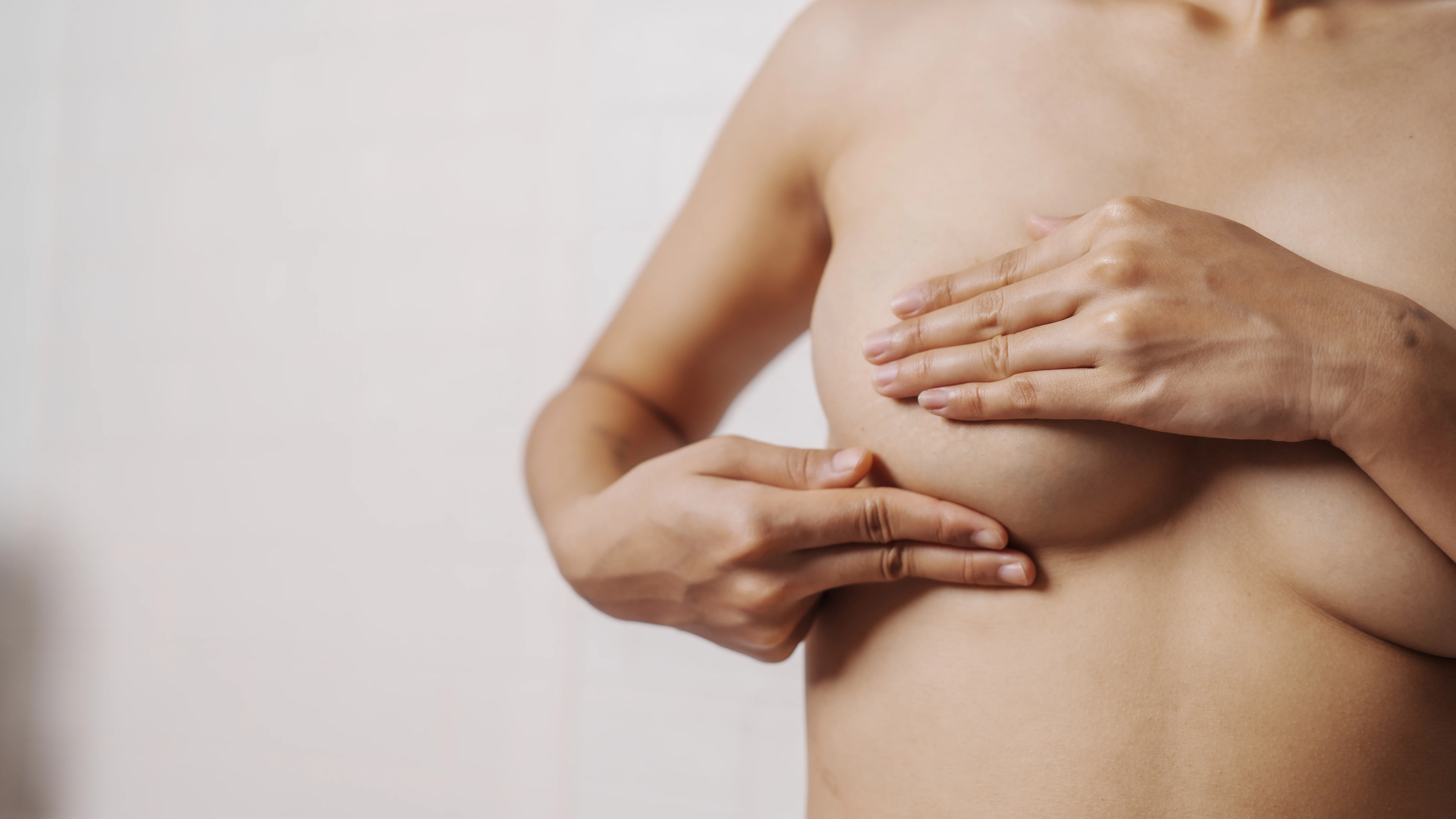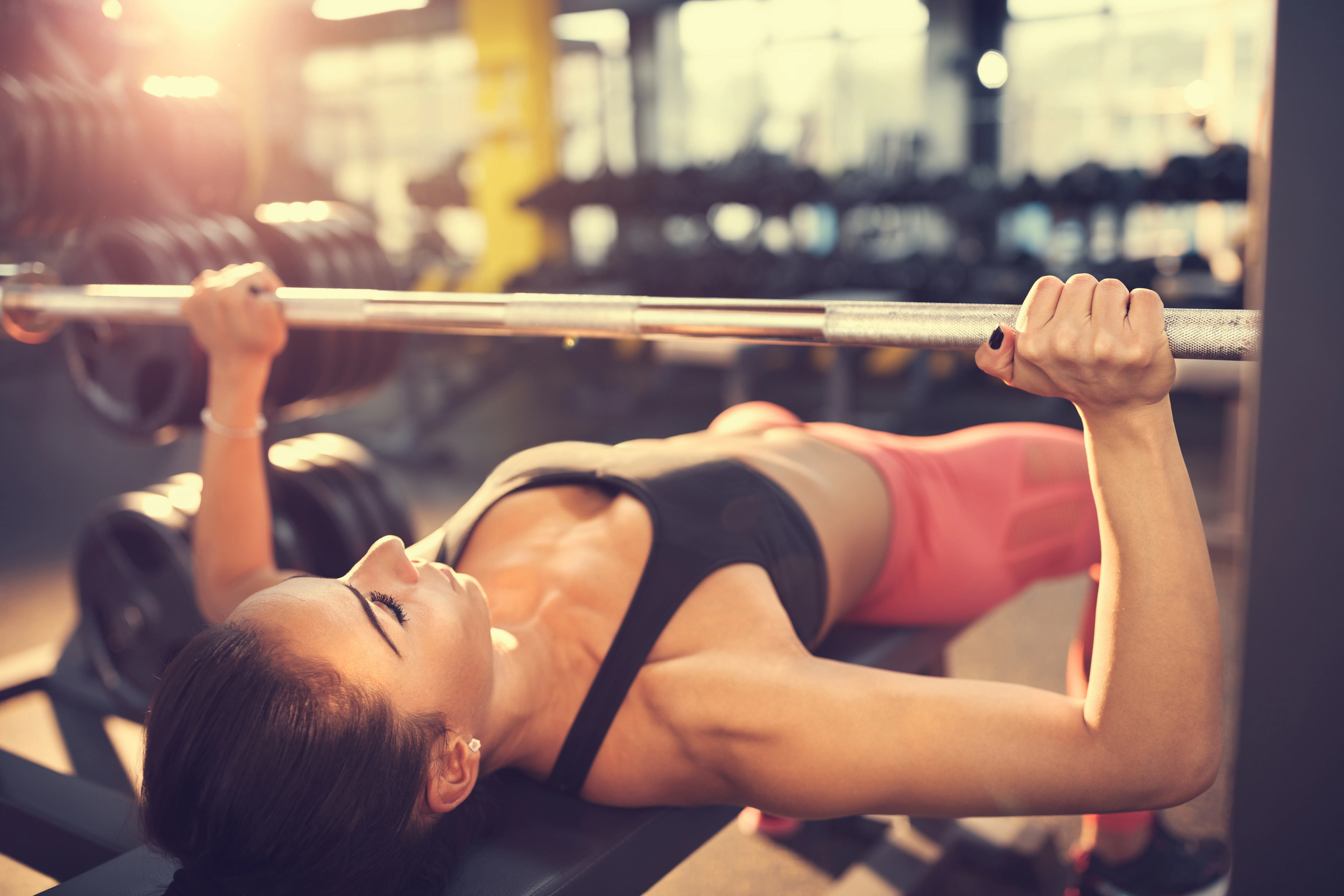Understanding Oil Cysts After Breast Fat Grafting

What Are Oil Cysts and Should You Be Concerned?
If you’re considering fat grafting to the breasts or have already undergone the procedure, you may have come across the term “oil cyst.” Understandably, this raises questions and sometimes even concern. But here’s the truth: oil cysts are a common and generally harmless occurrence following fat transfer procedures.
When fat is transferred from one area of the body to another—whether the breasts, buttocks, face, or hands—some fat cells may not survive the transition. This happens when those fat cells fail to establish a new blood supply. Instead of integrating into the tissue, the fat breaks down and leaves behind a small pocket of oil. This is what forms an “oil cyst.”
What Do Oil Cysts Feel Like?
Oil cysts may feel firm or soft and can vary in size. Some people feel them and become aware quickly. Others don’t know they exist until a mammogram or imaging study reveals their presence. Either way, oil cysts are benign and, in many cases, resolve on their own over time .
What to Do If You Notice a Lump
While oil cysts are not usually cause for concern, any new lump or bump in your breast should always be evaluated—especially if it’s after surgery. If you’re unsure or worried, reach out. It’s important to ensure everything is healing properly and rule out any issues. At Metropolitan Plastic Surgery, we’re always here to evaluate and answer your questions .
When to See Your Surgeon
✅ You feel a new lump after breast fat grafting
✅ You notice any changes in breast shape or firmness
✅ You want reassurance or imaging review
✅ You need personalized recommendations
Book a Consultation or Ask a Question
Have questions about breast fat grafting or post-op changes? Schedule a consultation or give us a call—we’re happy to help you feel informed, comfortable, and confident in your results.
Ready to start your transformation?
Whether you’re just beginning to explore your options or have specific goals in mind, we’re here to guide you with expertise and compassion.

Read more articles

What to Do If Your Saline Breast Implant Ruptures?
If your saline breast implant ruptures, you’ll notice right away. Learn why it happens, how common it is, and how long you have to replace it to maintain your results.

Choosing the Best Breast Implant Plane for You: Subglandular, Subfascial, or Submuscular?
Choosing the right placement for your breast implants — above the muscle, under the fascia, or below the muscle — is one of the most important steps in breast augmentation. Each option has unique benefits, from recovery and appearance to exercise considerations and long-term risks. This guide explains the differences in plain language so you can feel confident making the choice that’s right for you.

Does Submuscular Breast Implant Placement Affect Pectoralis Muscle Function?
Curious how placing breast implants under the muscle affects chest strength? Dr. Victoria Aimé explains what happens to the pectoralis major during submuscular breast augmentation, what functional changes to expect, and who might notice the difference.

What Does “Half Under the Muscle” Mean in Breast Augmentation?
“Half under the muscle” breast augmentation is trending in pop culture—but what does it actually mean? In this post, Dr. Victoria Aimé explains the surgical reality behind the phrase, breaking down the dual plane technique, who it’s for, and why it matters for natural-looking breast augmentation results.
